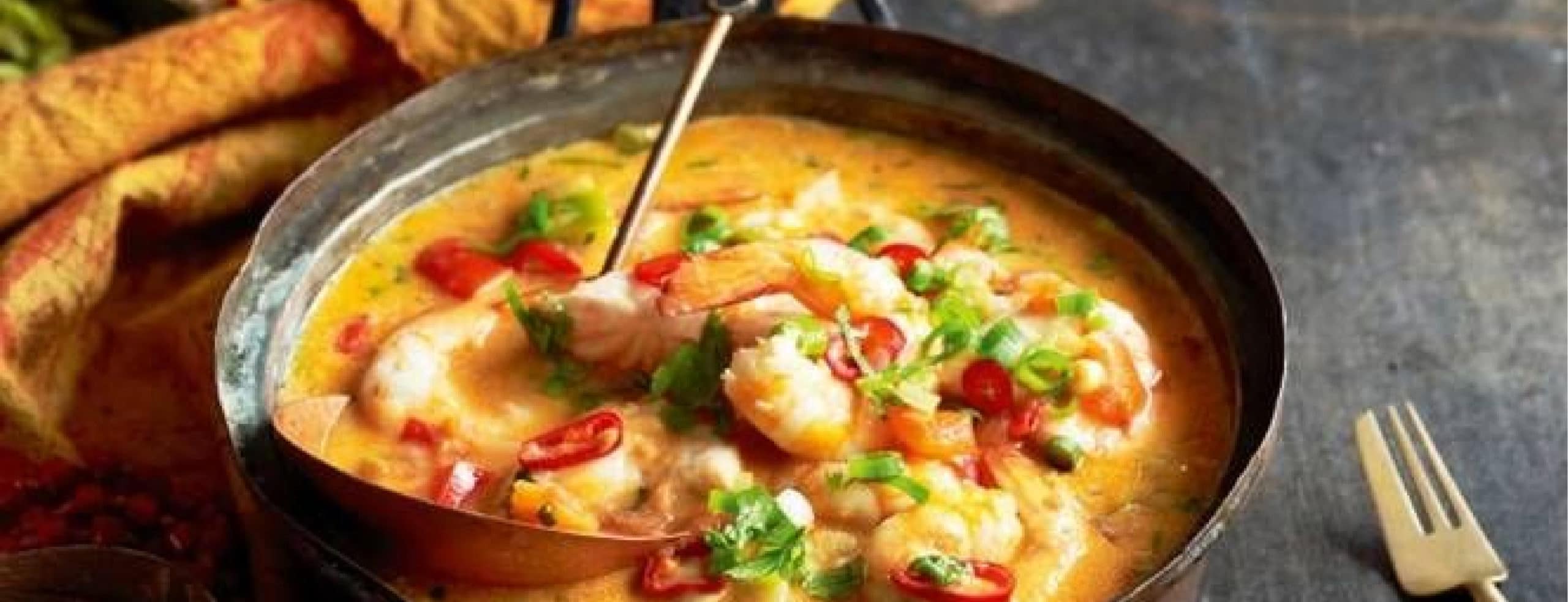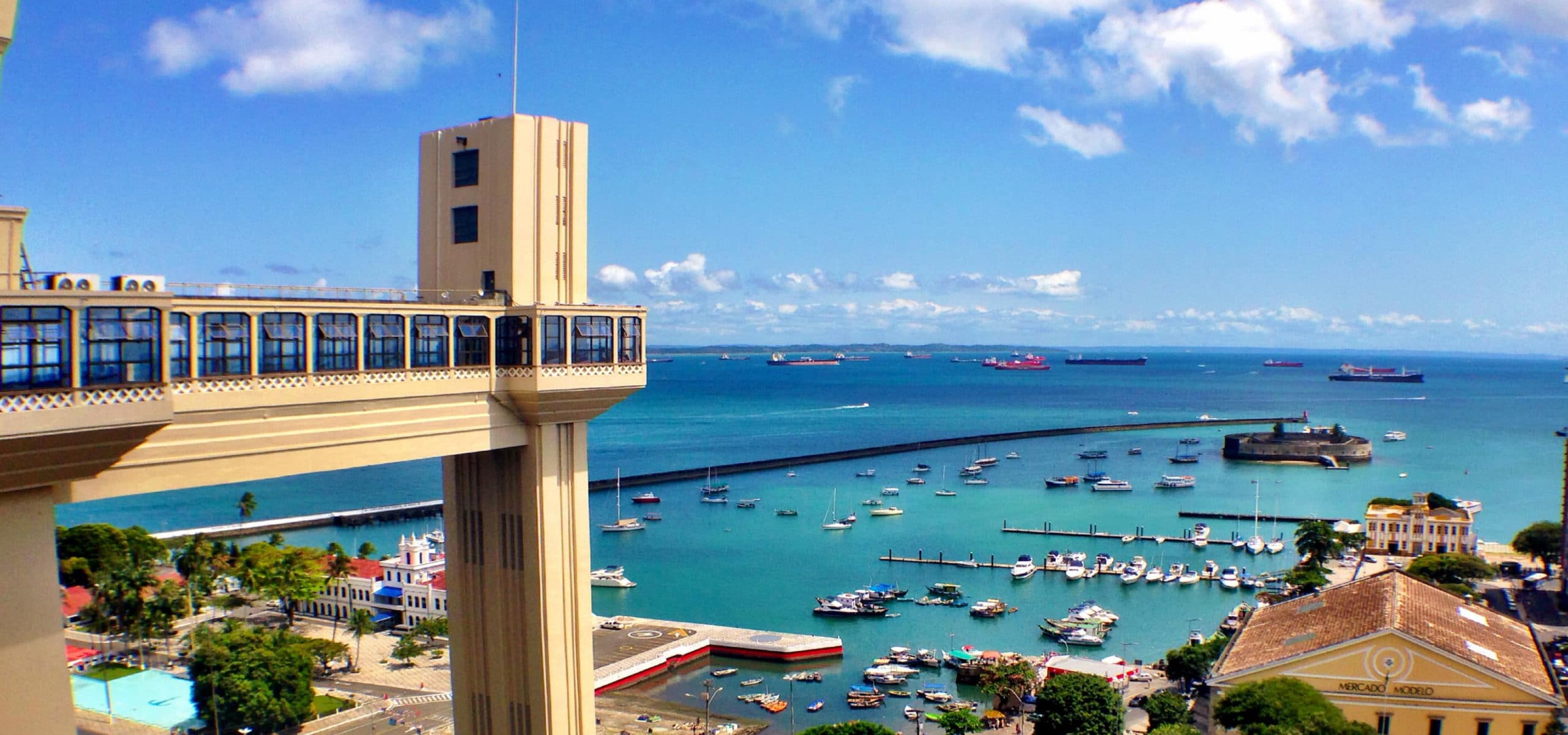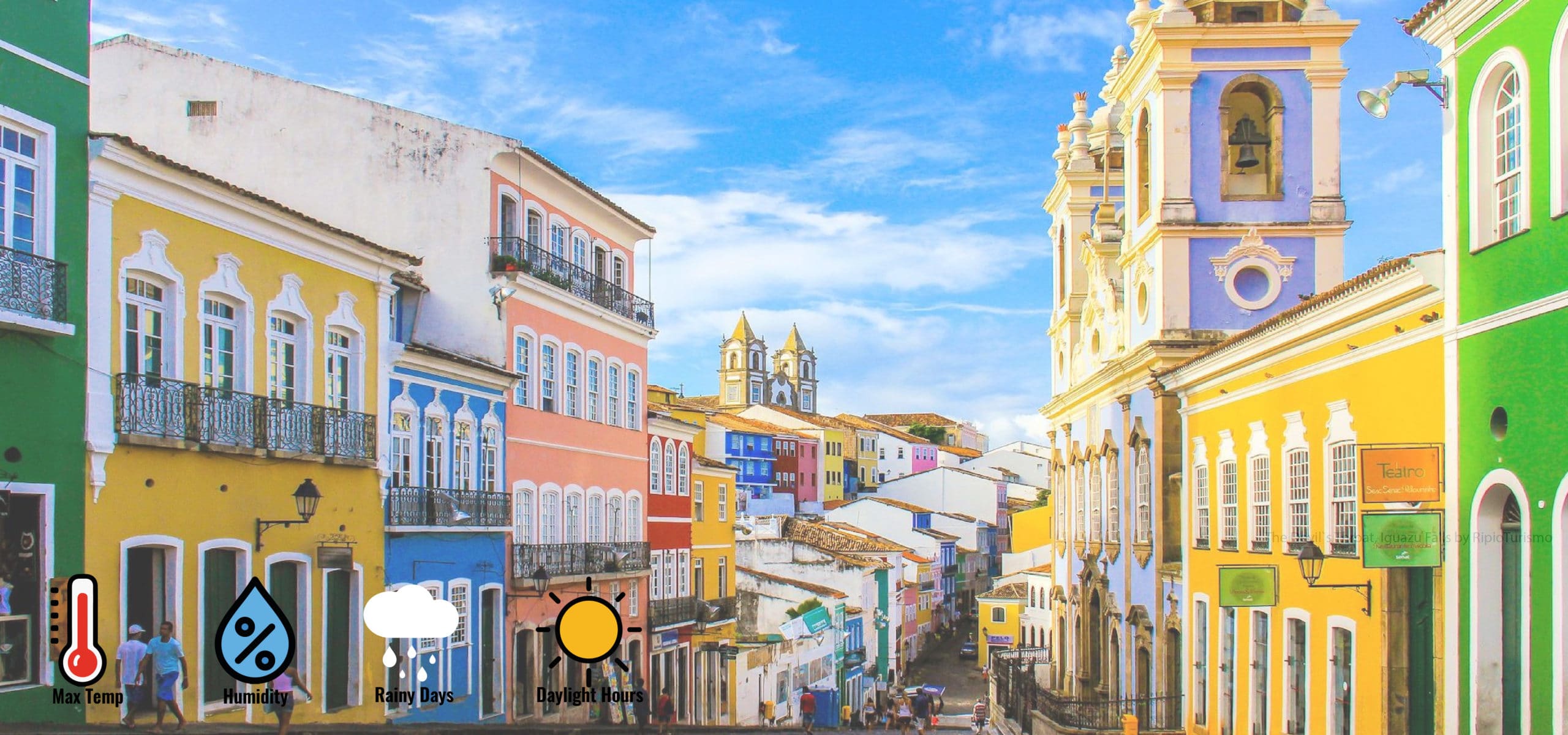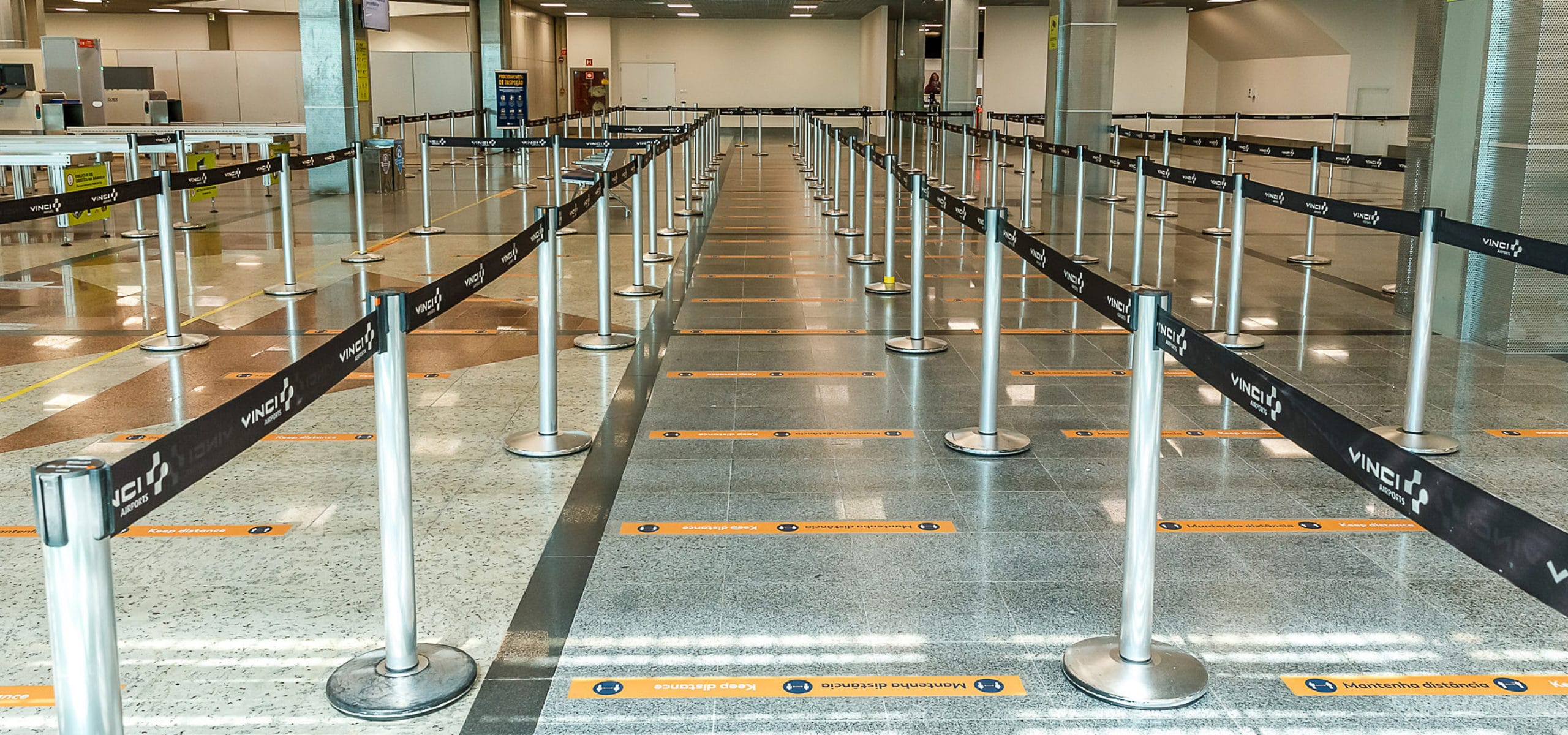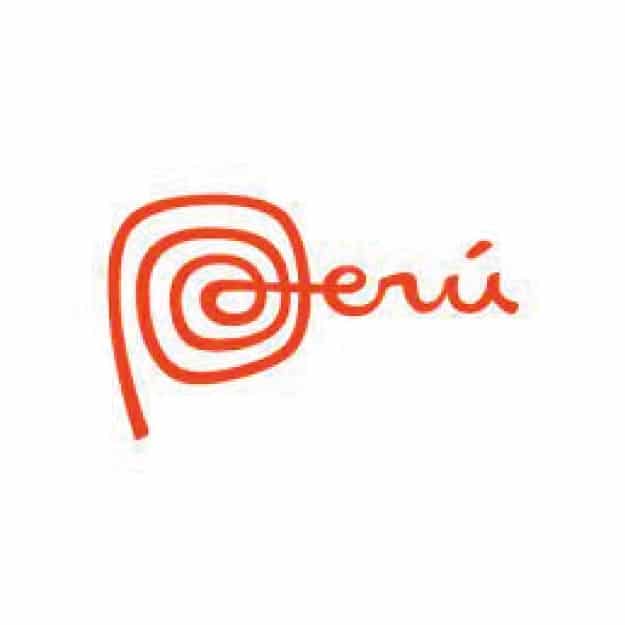What to eat in Salvador de Bahia: the local gastronomy
Salvador da Bahia in Brazil is often described as a melting pot of cultures, with its African, European and native influences. Well, the good news for food-lovers is that this melting pot quite literally translates into the gastronomy, with an irresistible array of local dishes fusing flavours from around the world to become typically Bahian cuisine. Take a look to some incredible dishes you can taste during your visit to Salvador de Bahia
Tapioca
Made from the starch of the cassava root, it’s a great option for those who avoid eating gluten. It is usually sold in the mobile stalls that are concentrated in the south zone and center of the city, however, the flour can be bought at supermarkets and is easy to make at home. It’s cooked like a pancake then wrapped around a choice of filling, such as ham and cheese.
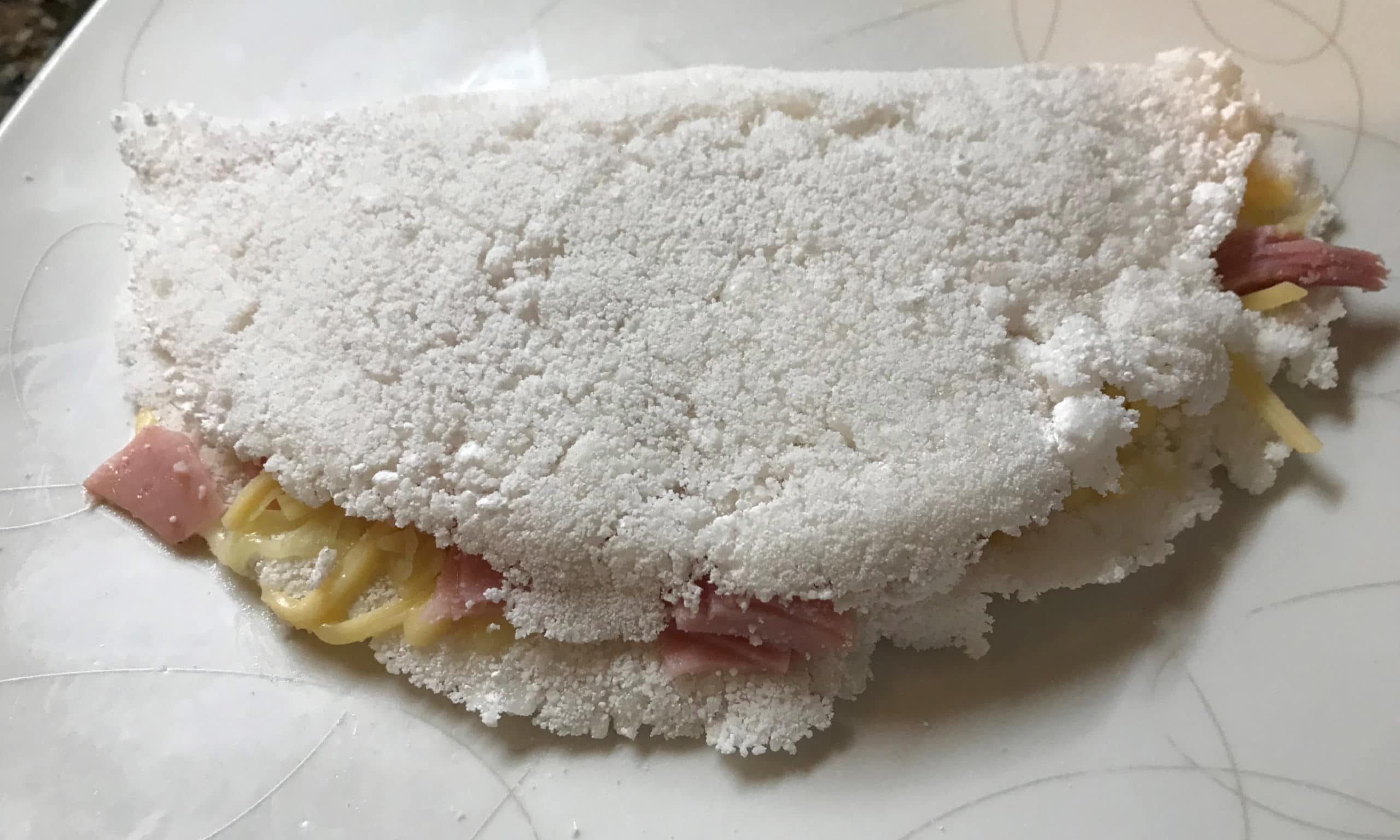
Moqueca
This seafood stew is available throughout Brazil but best sampled in the Bahia region. It’s among the more popular dishes available locally in Salvador, so expect to see it on plenty of menus. The stew is usually shrimp based, but may contain other white fish, which is then mixed with garlic, parsley, pepper, onion, tomato paste, coconut milk and the secret ingredient – dendê oil (palm oil). This is all sautéed and stirred over low heat and typically served with rice, which is often flavored with cooked milk. This is quite a heavy dish, but certainly one to try while in Salvador.
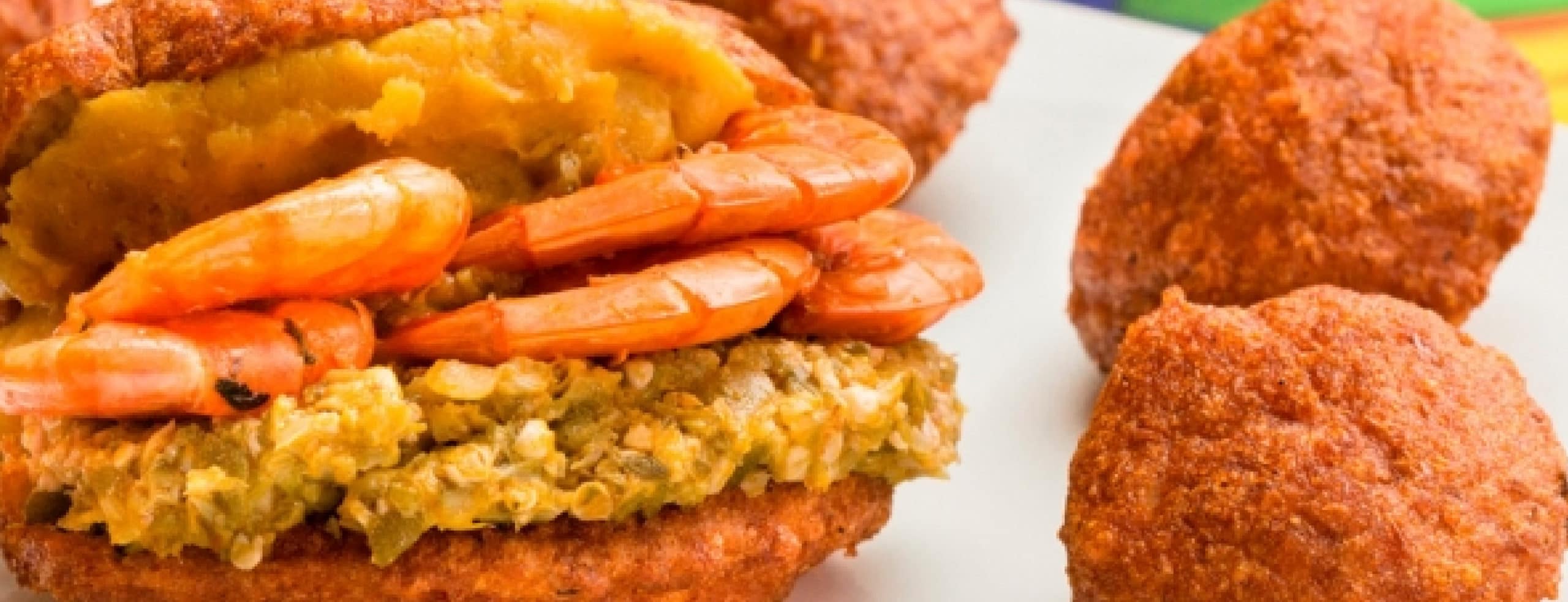
Acarajè
The “Acarajé” is one of the specialties of Salvador which you can not miss on your visit to the city! (at least taste it to get your own opinion on the matter). An acarajé is basically a deep-fried “bread” made from mashed beans from which the skins have been removed. The mash is deep fried in dendé oil (derived from a nut found on the dendé palm) and the resulting acarajés are usually eaten accompanied by camarão (small sundried shrimp), pimenta (hot pepper sauce), vatapá (a paste made from sundried shrimp, peanuts, cashews, coconut milk, and dendé), caruru (kind of an okra stew), and salada (salad: diced tomatoes, onions, and coelantro). These “fillers” can be included or left off at will, and the camarão will cost a little extra.
Vatapá
Another Afro-Brazilian dish with a creamy consistency, vatapá looks like a curry dish and can be nearly as heavy a meal as moqueca. It’s main components are shrimp, coconut milk and bread, which is often softened first using the coconut milk. Add in peppers, ginger, ground peanuts or cashews and dendê oil (remember, that’s palm oil), and mash everything into a paste and you’ve basically got this dish. This is also served with rice, but is spicier and has a thicker, creamier consistency than moqueca. Sometimes the shrimp is swapped out for other ingredients like cod, tuna or chicken.
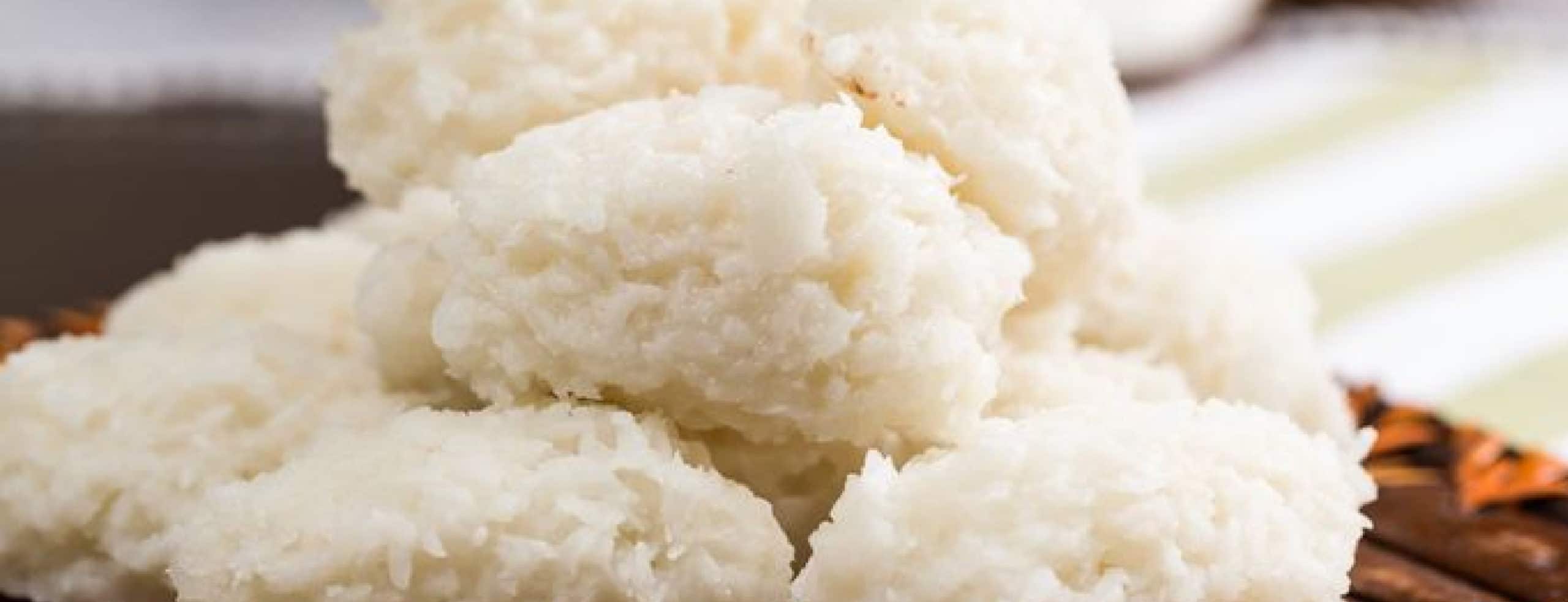
Cocada
Cocada is a coconut lover’s dream come true. Strips of toasted coconut are cooked down in sugar until they fuse together into a sticky sweet. Simply divine! With a generally soft, chewy texture, cocadas are sold throughout the streets and beaches of Salvador.

